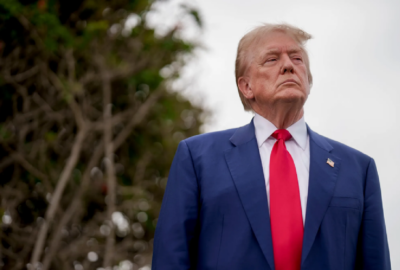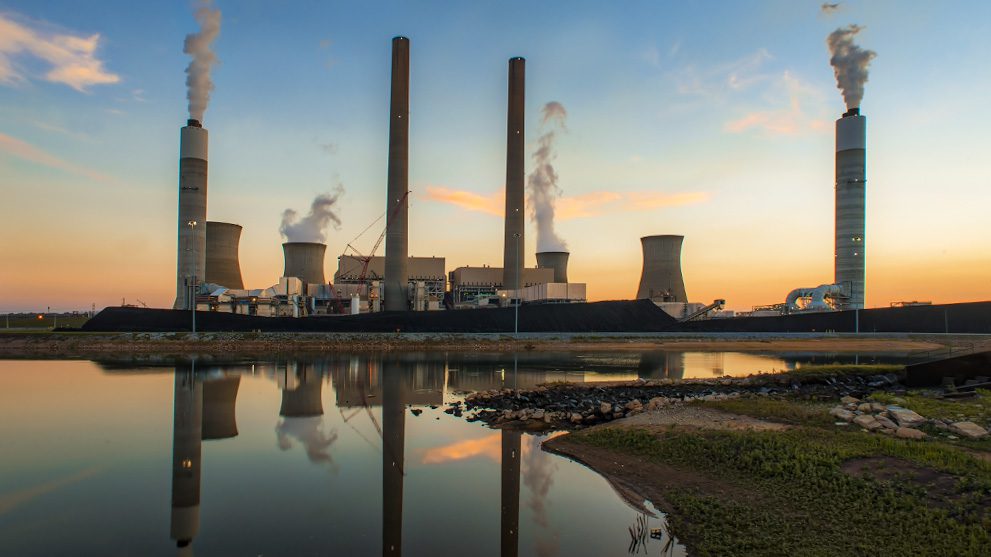
The Trump administration is exploring legal options to cancel loans issued under a $400 billion program to finance clean-energy technology as it considers overhauling the initiative, according to a person familiar with the matter.
The newly installed director of the Energy Department’s loan program, John Sneed, told agency officials in a meeting last week the effort will be retooled to focus on technologies favored by the new administration such as nuclear power and liquefied natural gas, according to the person who wasn’t authorized to discuss the matter publicly.
Sneed also has said he’s exploring canceling existing financing deals, although it remains to be seen if that would be legally viable and no decisions have been made, the person said.
In an email, the Department of Energy said the loans are being considered as part of an agency-wide review “to ensure all activities are consistent with President Trump’s executive orders and priorities.”
The initiative, which was created under President George W. Bush and named the Loan Programs Office, provides guarantees and direct financing for innovative energy projects that reduce greenhouse gas emissions.
To date it has finalized more than $60 billion in financing to companies including a record $15 billion to PG&E Corp. for clean energy projects, $9.2 billion to Ford Motor Co. for battery factories, and $1 billion for an Nevada lithium mine being developed by Ioneer Ltd. It also provided a $465 million loan to Elon Musk’s Tesla Inc. to help get its Model S into production.
It’s unclear which loans the Trump administration could try to claw back, though a $6.6 billion commitment to Rivian Automotive Inc. and a $7.54 billion loan for a joint venture between Samsung SDI Co. and Stellantis NV have received scrutiny.
The program has made the government more than $5 billion in interest, but it may be best known for one of its few failures — a $535 million loan guarantee during the Obama administration to Solyndra, a solar manufacturer that later when bankrupt.
Reclaiming funding or canceling financing deals could be challenging, especially if the money has been spent, according to Peter Davidson, who served as the office’s executive director from 2013 to 2015.
“If it’s been dispersed, I don’t know how you can claw it back,” Kevin Book, managing director at ClearView Energy Partners LLC, said at an event held last week by the Center for Strategic and International Studies. “It seems like that’s very difficult.”
But it’s still possible, Jim Lucier, managing director at Capital Alpha Partners, wrote in a research note last month.
“Money that has been disbursed is probably least at risk, but is still potentially subject to clawbacks in our view. Money that has been obligated but not disbursed will likely be withheld for 90 days or longer. Money that has not been obligated will likely be withheld indefinitely,” the note said.
The program has nearly $47 billion in conditional commitments to companies it has yet to finalize.
Share This:
More News Articles










